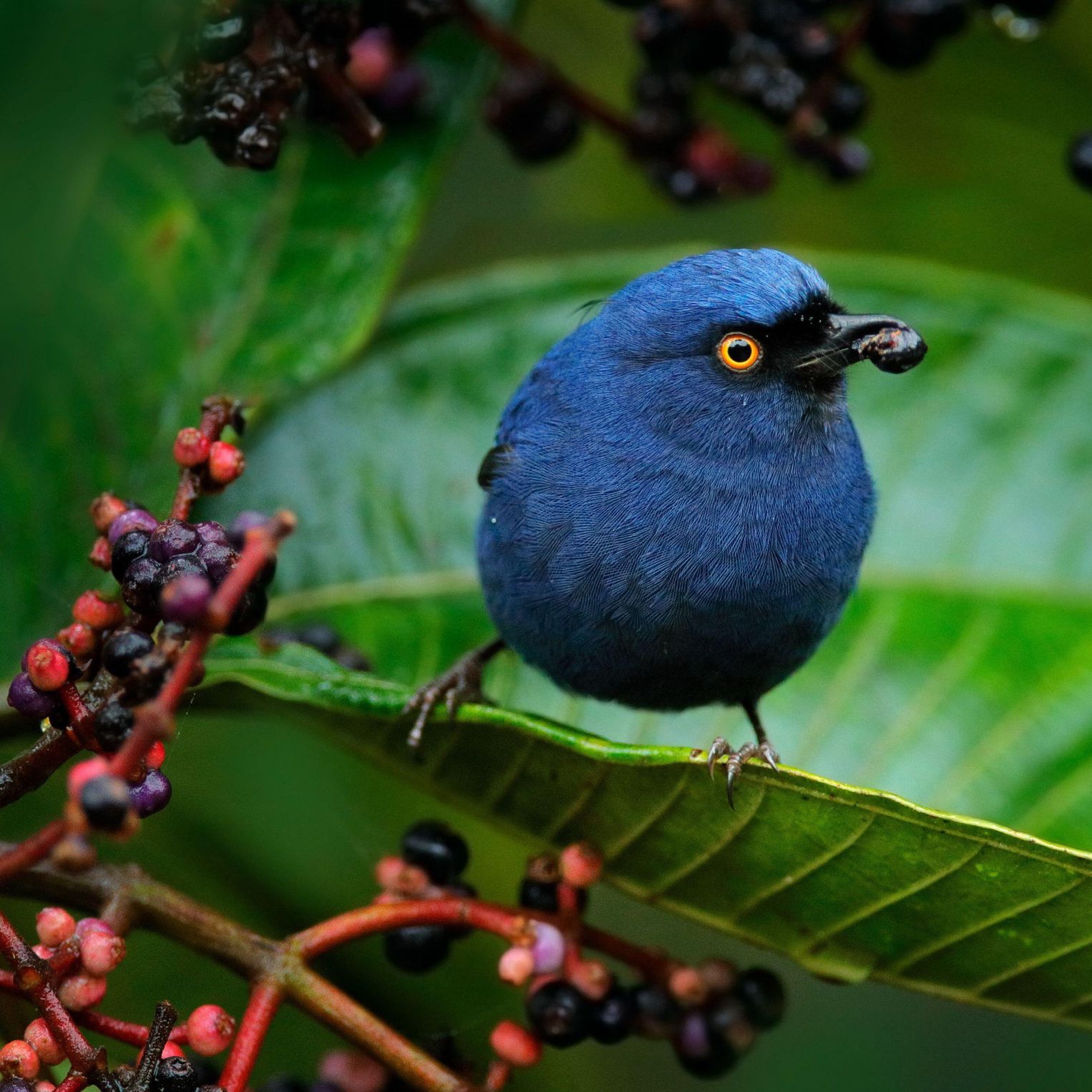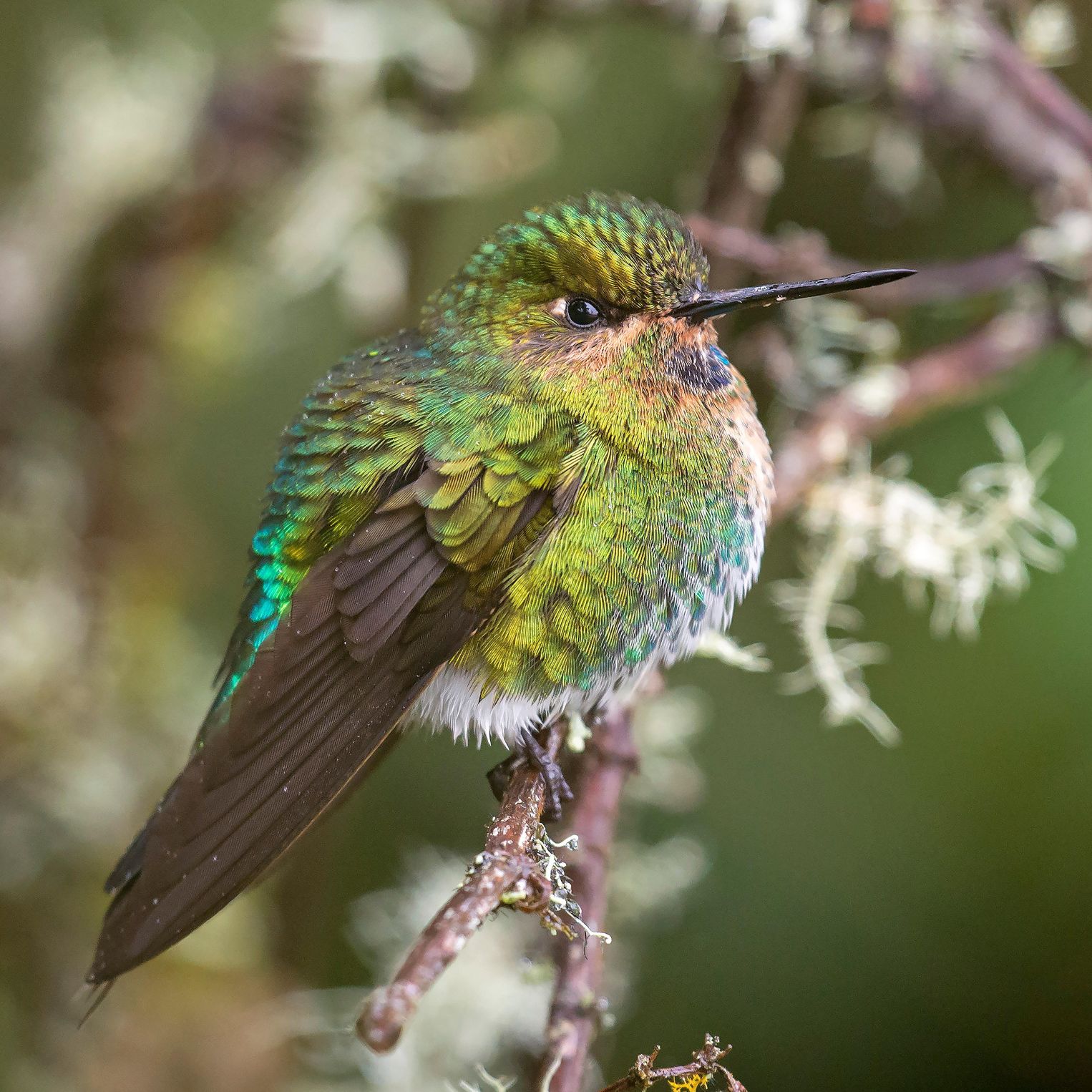The driver of the minibus was reeling off a list of names. “El Trampolín de la Muerte”, “El Diablo”, “Adiós Mi Vida”, he said, smiling.
My Spanish isn’t great. But I knew what these words meant. They were what the locals called the 70km ribbon of rubble we were on, which snakes east from Pasto, high in the Andes some 500km south of Bogotá, through the páramo and cloud forest, over a couple of 2,800m passes, and down to steamy Mocoa in the Amazon basin.
It’s got everything you could want from a road with death in the name: just too narrow for the big trucks that use it to easily squeeze past each other, vertical drops into deep ravines guarded only by plastic tape strung between wooden stakes, raging rivers tumbling across it, landslides. And, naturally, shrines on every hairpin, candles burning brightly.
Three days before, I had ventured away from my small Welsh valley for more or less the first time in two years; the physical retreat from the pandemic having, over time, begotten a psychical uncoupling from the wider world. Horizons had shrunk; courage had crumbled. I had avoided Covid-19. But at what cost?


A golden-eyed flowerpiercer feeds on fruits from a tree
Alamy
A glowing puffleg
AlamyDuring the pandemic, I had developed a love of birds, clinging on to their constancy and conviviality in a suddenly unreliable and frightening world. So when, a couple of months back, I read about Colombia, about how it was the world’s number-one country in terms of bird diversity, with nearly 2,000 species (compared with just over 600 in the UK), many endemic and most of them ridiculously beautiful, a plan was formed. About 70 per cent of Colombia’s bird species are found in the south, the former heartland of paramilitaries and cocaine cartels, but an area in the process of emerging from fear and isolation.
Thus I found myself on the Trampoline of Death, with birders from Finland, Germany, the UK and the US, wistfully thinking about my safe little Welsh valley.
“Golden-eyed flowerpiercer,” someone shouted from the back.
“Glowing puffleg,” somebody else yelled. “Stop the bus!”

We pulled over. On one side of the road, a sheer drop. On the other, endless páramo, the ecosystem typical of Colombia’s Andes, carpeted with frailejones, with their giant yellow daisy-like flowers, succulent hairy leaves and thick spongy trunks. The plants absorb moisture from clouds, then pass it through their roots into the soil, thus creating subterranean water deposits and lakes, making the land so fertile and biodiverse that scientists consider it an evolutionary hotspot.
“The flowerpiercer is one of the tanager family,” one of the birders was telling me, pointing to a nearby bush. It was hard to follow her finger, but eventually I found the bird, a tiny puffball of cobalt with eyes so startlingly yellow that it looked permanently irritated.